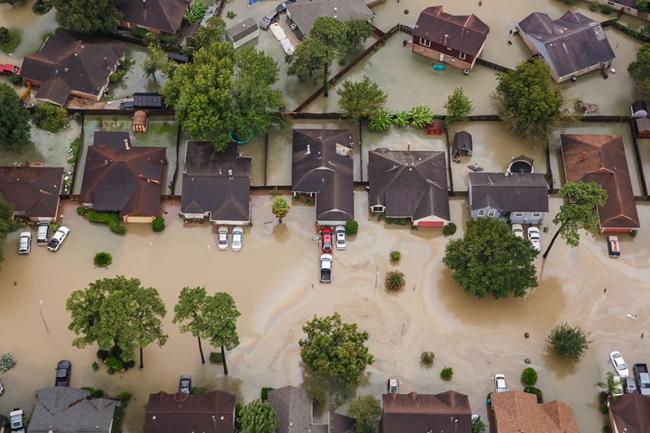Articles Menu

So, even the "planning" process is fundamentally distorted by the desire to make climate "solutions" seem within reach, when no realistic, mathematically rigorous research has been done on the feasibility of these much-celebrated "mitigation pathways." Once again, the capitalist system's primary objective is shown to be protecting the capitalist system of consumption, growth, and profits. Capitalism or the future: WE CAN'T HAVE BOTH!!
-- Gene McGuckin
Sept. 19, 2019
Researchers and policymakers rely on computer simulations called integrated assessment models to determine the best strategies for tackling climate change. Here, scientists present opposing views on the suitability of these simulations.
THE TOPIC IN BRIEF
● Climate change, including global warming and an increased risk of extreme weather events, is one of the greatest threats facing humanity today (Fig. 1).
● It is a complex issue that involves many social, technological and physical processes.
● To describe the intricate relationships between these processes, scientists have devised computer simulations known as integrated assessment models (IAMs). ● IAMs are used to generate pathways for climate-change mitigation that are consistent with global temperature targets.
● Some scientists have suggested that IAMs are no longer fit for purpose and that meeting climate targets will require a radical reinvention of industrial society that the models are not equipped to address.
● But others have argued that IAMs are an indispensable tool for exploring how to reach climate targets and are a key building block in understanding the feasibility of these targets.
Excerpt: "What is most disturbing is that many elements of this critique were already detailed in 1984 in three excellent papers that analysed the IAM of the day7–9. Thirty-five years later, the same mistakes are not only being perpetuated, but have been rolled out and standardized across IAM studies — only this time with deadly consequences."
Read the two short papers here: https://media.nature.com/original/magazine-assets/d41586-019-02744-9/d41586-019-02744-9.pdf
[Top photo: Figure 1 | Flooding in Houston, Texas, from Hurricane Harvey. Climate change is estimated to have made such rainfall three times more likely than it otherwise would be for the Houston area20.Credit: Marcus Yam/Los Angeles Times/Getty]